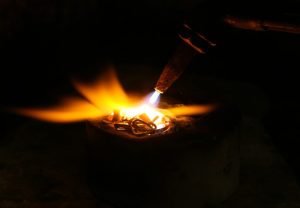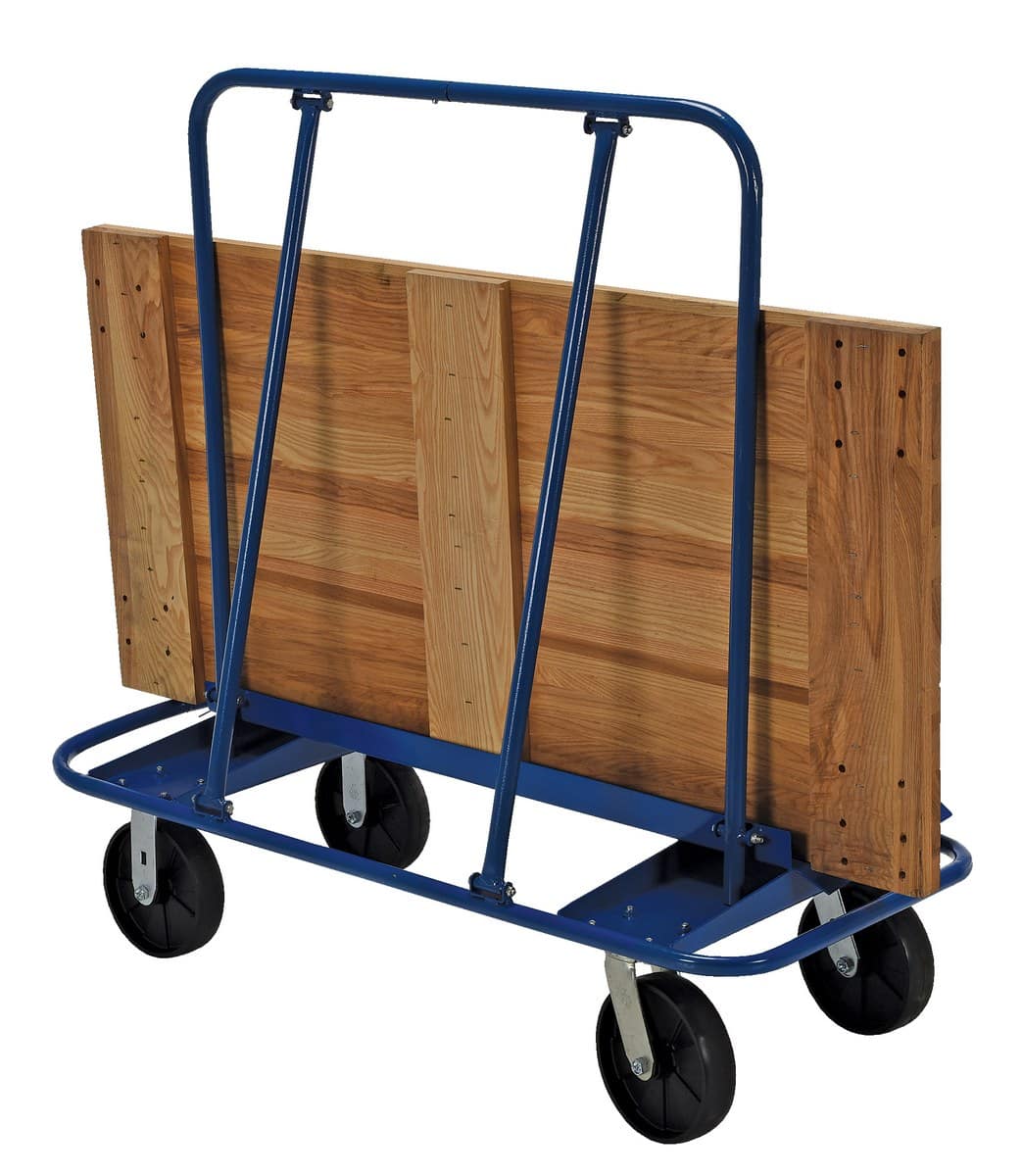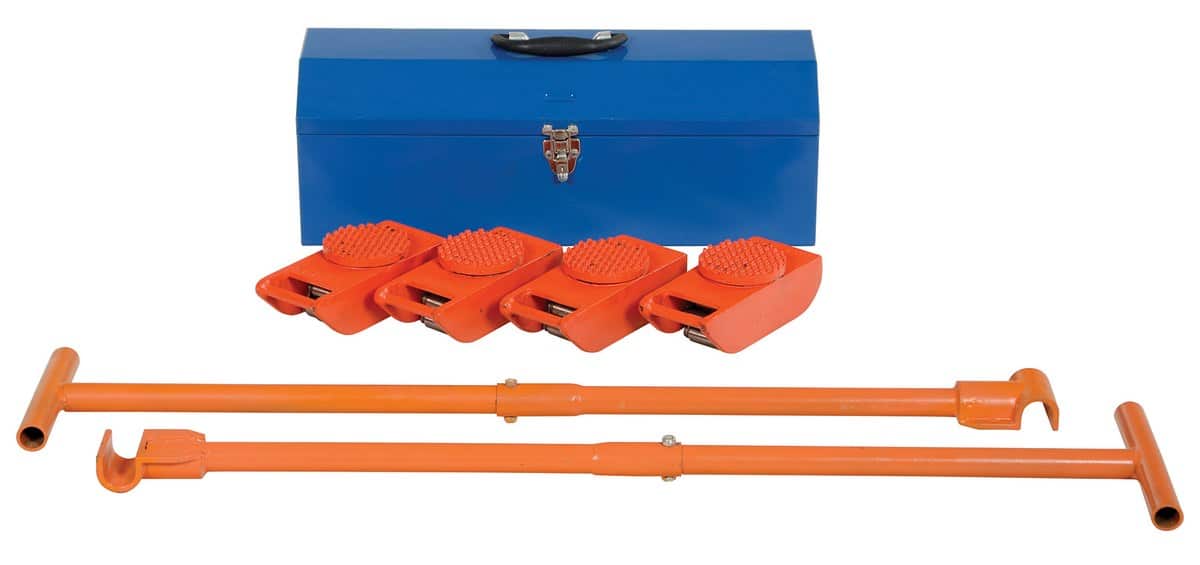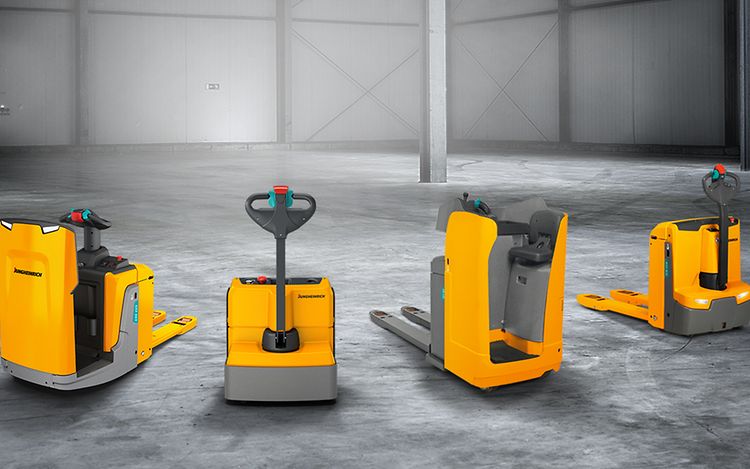Want More Aluminum? — 5 Foil Hacks to Wrap your Head Around
Check out these ingenious aluminum foil hacks.
What is Aluminum?
Aluminum is that light, silvery-gray metal we all know so well. Yes, the famous chemical element of atomic number 13- Earth’s most bountiful metal.
Aluminum is a great, versatile metal. Its melting point is very light, about 640°F, with the capability to be pressed into thin foil. Although aluminum may be lightweight, and flexible, it is also very durable. We use aluminum to wrap up our leftover food, but it is also in our food. It occurs naturally in lots of food as a matter of fact but in low concentrations. It is also present in our medicine and often drinking water.
 When was Aluminum Discovered?
When was Aluminum Discovered?
Discovering aluminum happened over about an 80-year time span, and cannot be accredited to just one person:
1787 — Scientists figured out in 1787 that a large portion of the Earth’s crust is made of some type of metal. Unfortunately, they had no way of extracting it until later.
1807 — English chemist Sir Humphrey Davy defined the existence of this unknown metal, arguing that it should be called aluminum, but his work did not go much farther than that.
1825 — A Danish physicist named Hans Christian Oersted was the first person to be able to extract the newly defined metal out of the Earth’s surface. From there, he also figured out how to produce it.
1845 — German chemist Friedrich Wohler is the person who really got people amped about aluminum. He discerned the benefits of aluminum such as being durable, flexible, and lightweight. Because of all the excitement, many other scientists contributed to the aluminum research fund.
1854 — By this year, we became one step closer to warehousing and aluminum’s industrial use. Henri Sainte-Claire Deville developed a reduction process to refine the metal. Europe followed this process and the use of aluminum became consistent all over the world.
1886 — A development that we still use today was discovered this year-smelting. Smelting is the extraction of metal from its ore by a process involving heating and melting.
1888 — Austrian Karl Bayer invented the most commonly used process today- making aluminum oxide from bauxite. When aluminum was first discovered and started being chemically produced, it was very expensive! By 1888, the price dropped 80%, and it has been a world commodity ever since.
1935 — In 1933, President Roosevelt signed the National Industrial Recovery Act which asked industries to create guidelines for fair competition. The Aluminum Association’s first meeting was held in 1935 in New York City.
 How Has Aluminum Evolved?
How Has Aluminum Evolved?
Aluminum was a primitive metal in World War II. Aircraft, ships, and an infinite amount of mess kits were constructed with metal. Plus, America’s supply of bauxite was used for electrical uses during the war. During these same years, aluminum recycling began.
After the war, the focus on aluminum was shifted towards consumer products. Aluminum washer and dryers were first built in 1950, and in 1959 the aluminum can as we know it today was invented. Since we already knew at this point that aluminum was valuable and recyclable, cash payments started being offered for recycled cans.
In the 1980s, space shuttles and rocket ships were built with aluminum oxide. This was a cheaper, lightweight, and durable option for space travel. We would have never gone to the moon if it weren’t for aluminum!
In recent years, we’ve obtained laptops, IPads, IPhones, batteries, and space vehicles; and the aluminum industry still continues to grow.
What Came Before Aluminum?
- 1737: zinc
- 1751: nickel
- 1770: the first bridge
- 1783: the first hot-air balloon
- 1800: the first battery
- 1803: the papermaking machine
- 1820: electrical generators and motors
…And What Came Around the Same Time?
- 1827: the first modern photograph
- 1830’s: the electric telegraph
- 1836: propellers for ships
- 1839: the first durable form of rubber
- 1840: the first fax machine
- 1850’s: production of iron and steel
- 1860’s: the first radio













